We use cookies to make your experience better. To comply with the new e-Privacy directive, we need to ask for your consent to set the cookies. Learn more
Understanding the different grades of horse ulcers
Posted:
01 Jun 2017
Categories:
Horse Ulcers
Understanding the different grades of equine ulcers will help you understand how severe they are.
A 4-point system has been developed by vets to help classify the different grades of horse ulcers. This helps determine the efficiency of treatment.
Generally speaking, grades 2 or above are considered clinically significant.
Different grades of horse ulcers: ‘Squamous’ or 'upper' area of the stomach
- Grade 0: The inner surface is intact and there is no appearance of reddening or thickening.
- Grade 1: The mucosal is intact, but there are areas of reddening or thickening.
- Grade 2: Presence of small, single or multifocal lesions in one or many places.
- Grade 3: Large, single or multifocal lesions or extensive superficial lesions.
- Grade 4: Extensive lesions with areas of apparent deep ulceration.
Different grades of horse ulcers: Glandular or 'lower' area of the stomach
- Grade 0: The inner surface is intact and there is no appearance of reddening.
- Grade 1: The mucosal is intact, but there are areas of reddening
- Grade 2: Presence of small, single or multifocal lesions in one or many places.
- Grade 3: Large, single or multifocal lesions or extensive superficial lesions.
- Grade 4: Extensive lesions with areas of deep ulceration or mucosal pathology

Clinical signs of stomach ulceration can be vague. Few signs includes:
- Poor performance
- Dull appearance
- Picky eater
- Grumpy temperament
- Having difficulty using riding aids
- Girthing resistance
Treatment of Stomach Ulcers
If your horse is suffering from stomach ulcers, ‘Omeprazole AbPrazole’ is an effective medication to treat this condition. This allows the ulcers to heal directly, inhibiting the release of acid into the stomach.


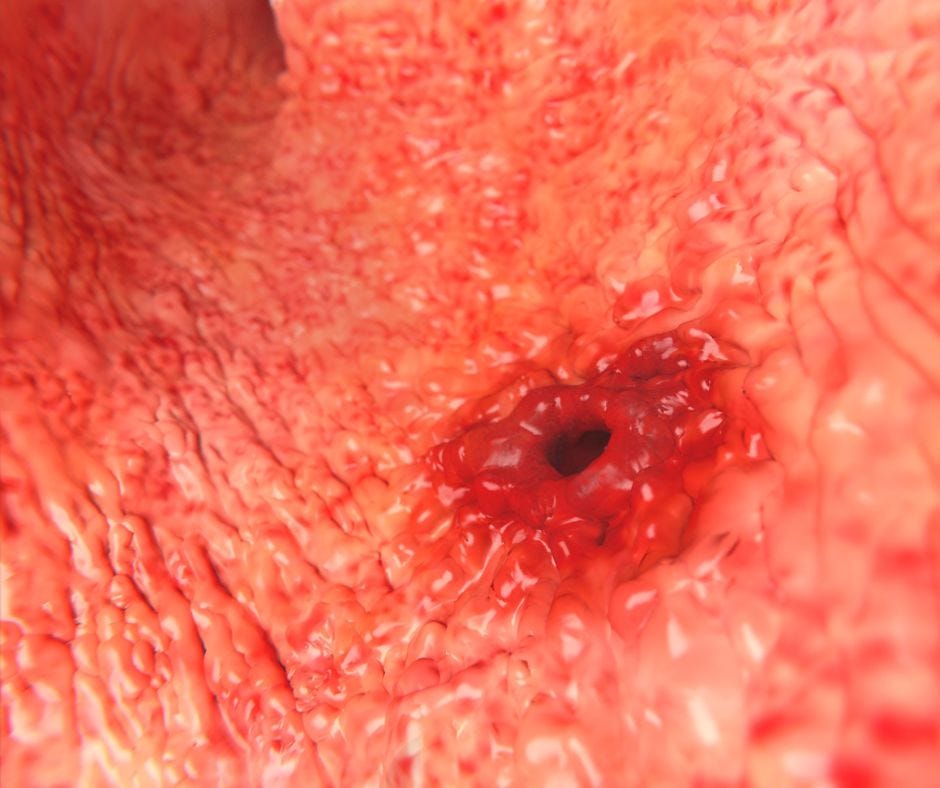
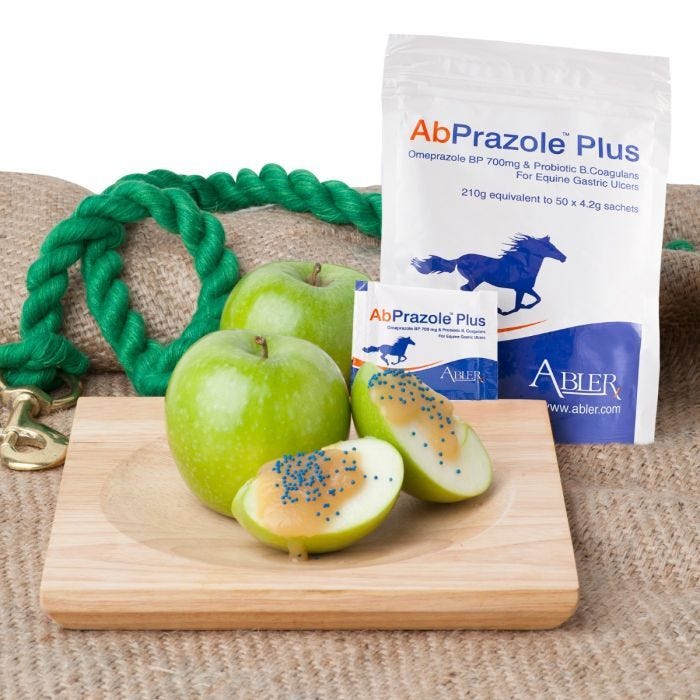
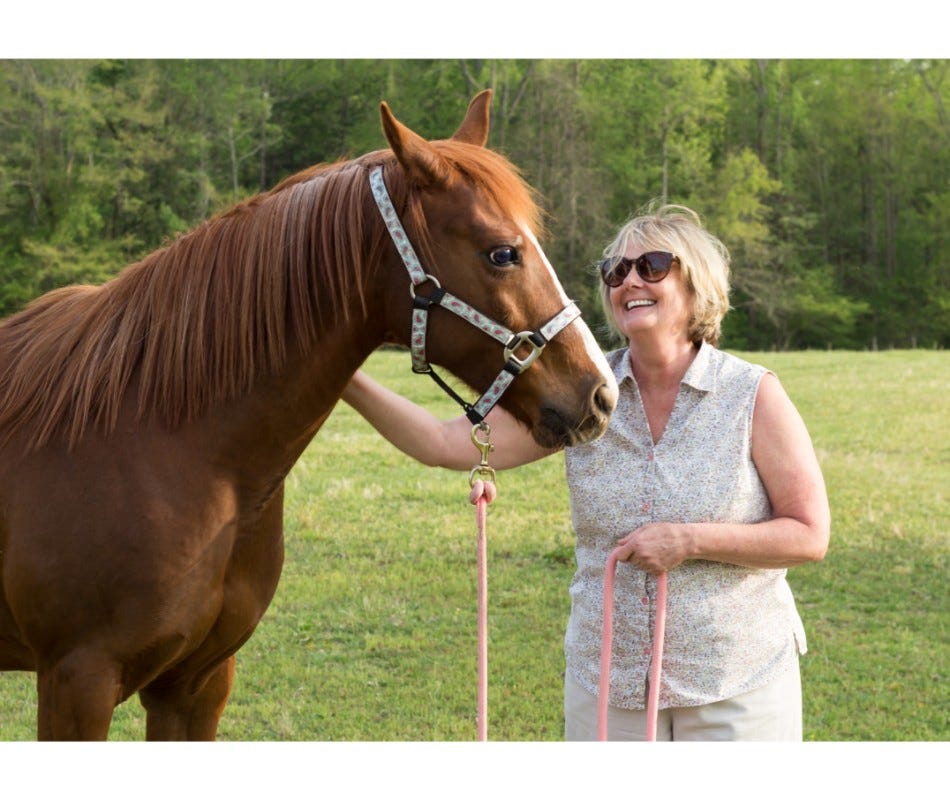
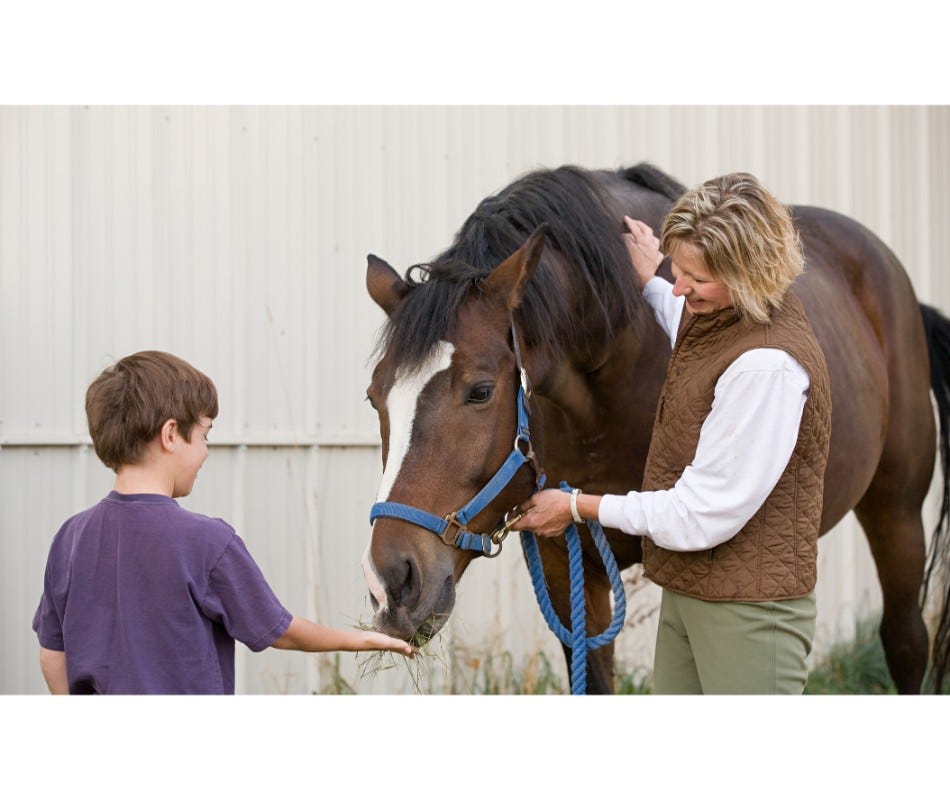
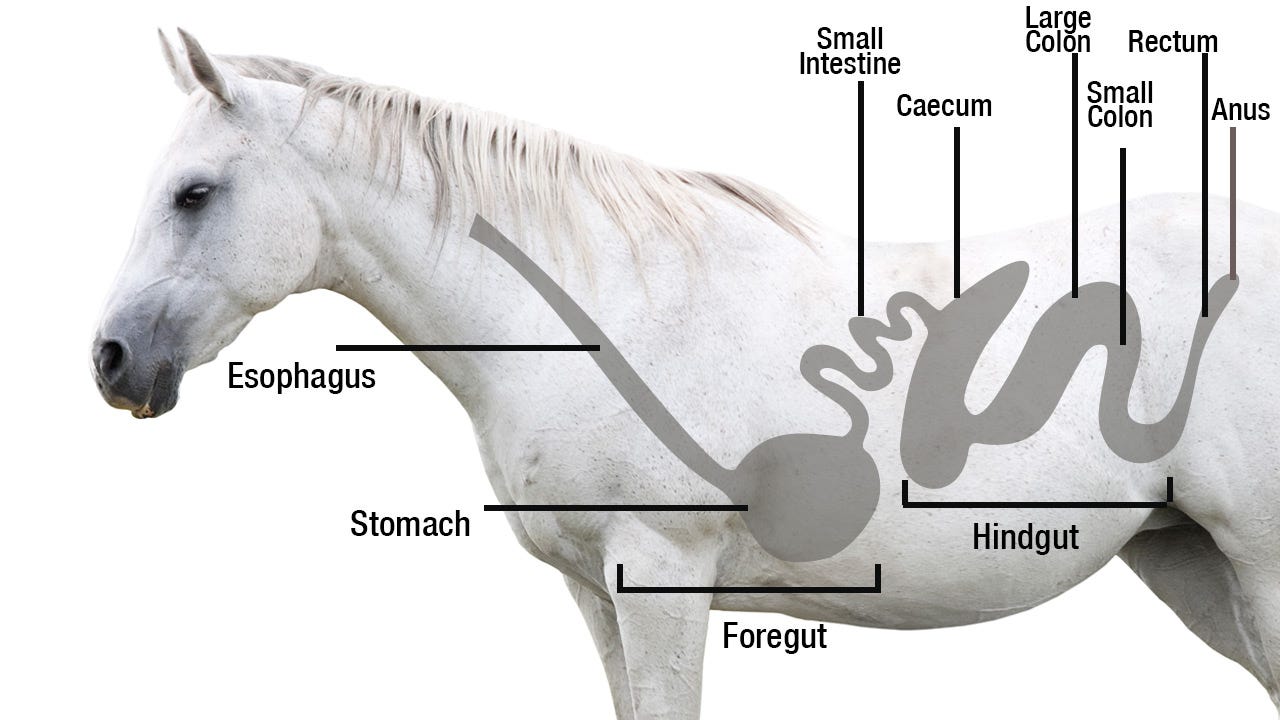
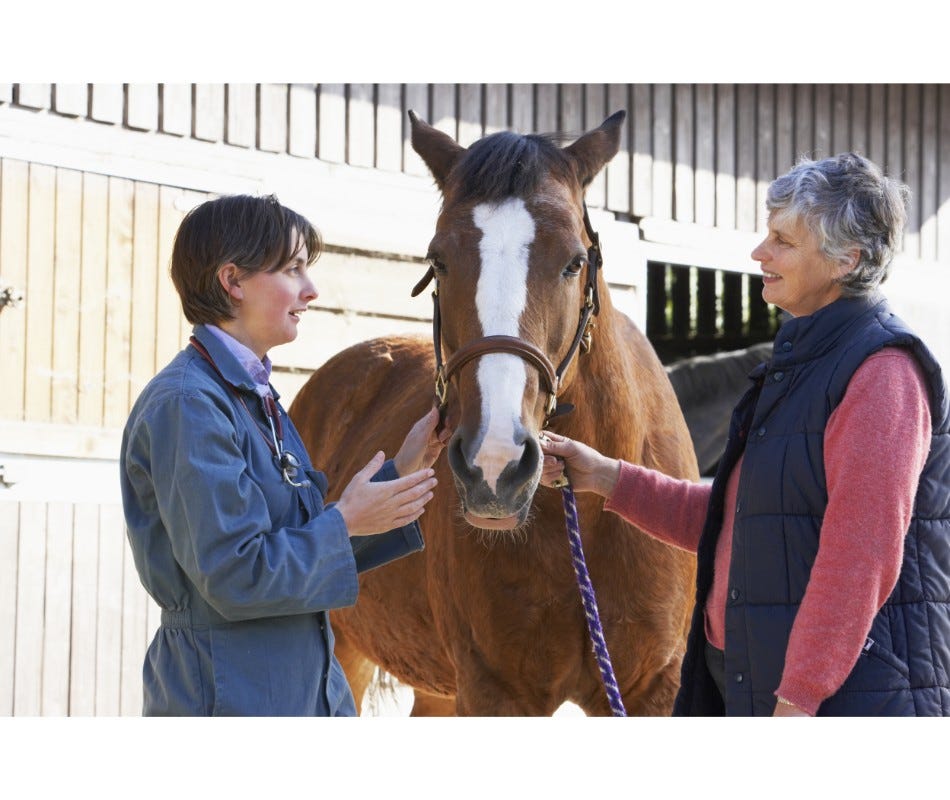
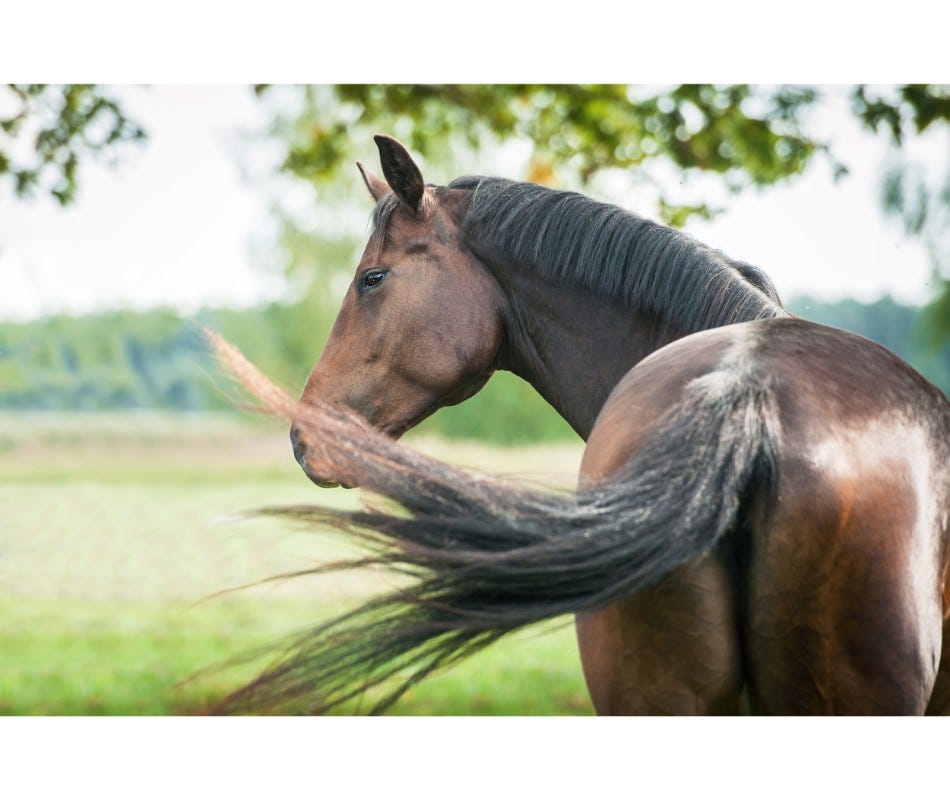
Validate your login